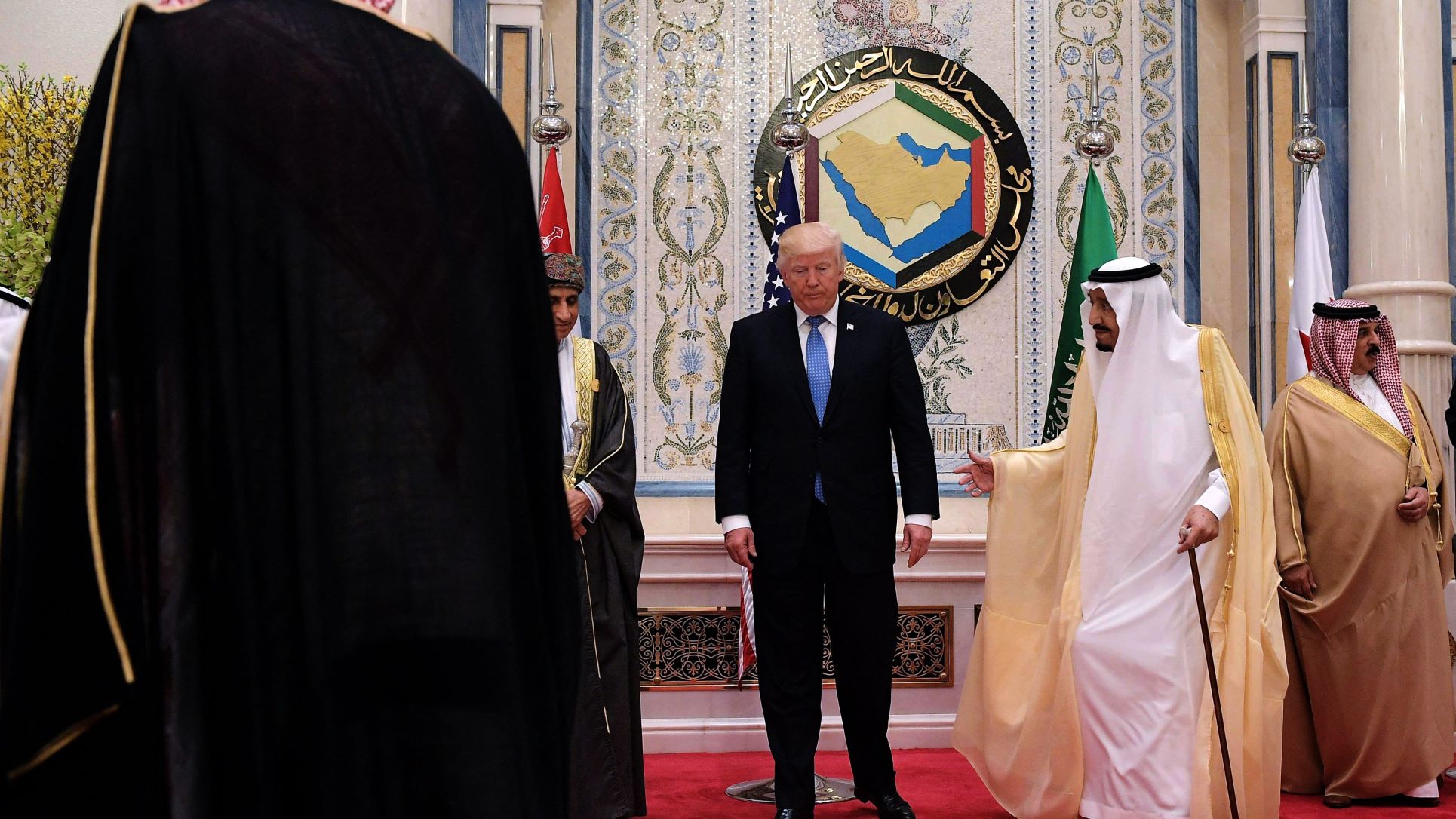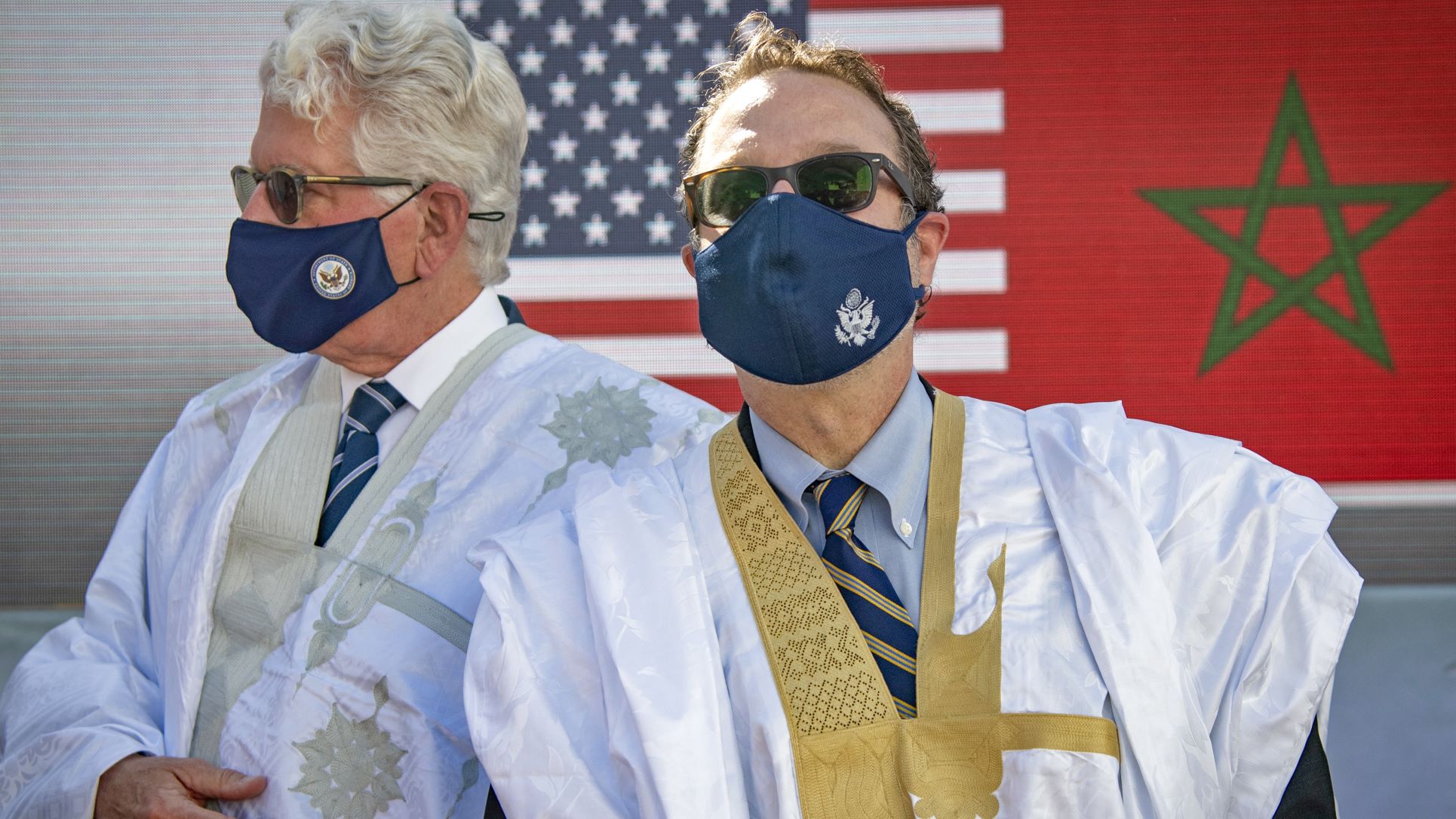Qatar World Cup 2022: What is the bisht? Its origins and what it represents

In what will undoubtedly be remembered as the crowning achievement of his career, Argentinan striker Lionel Messi made his way to his teammates carrying the World Cup trophy and wearing the traditional Arab bisht.
The robe was presented to the Paris Saint-Germain star by Qatar's Emir, Tamim bin Hamad Al Thani, who helped him into the cloak.
Also known as the mishlah, aba, or abaya, the ankle-length traditional cloak is not unique to Qatar, and can be found in different forms across the Middle East.
Originally worn in colder months by Bedouins to protect from the winter chill, it’s now saved for important occasions. Most notably it is worn by a groom on his wedding day, or by royalty on formal occasions, and can be even worn at funeral receptions.
The robe depicts status and regality, and is also worn by imams - especially in the Gulf - when they lead prayers.
New MEE newsletter: Jerusalem Dispatch
Sign up to get the latest insights and analysis on Israel-Palestine, alongside Turkey Unpacked and other MEE newsletters
What are bishts made of?
The best quality bishts are made from spun camel hair, which creates a fine soft fabric similar to cashmere.
Others are made of goat's hair, or wool, while more affordable versions are produced using cotton and polyester. The fabric is then dyed, most of the time in black, but also in brown and white.
A striking gold stitching, known as zari, is used to embroider the cloak with threads usually made of silk, or of gold and silver thread. Such patterns usually follow the neckline or the gown's edges.
Buttonless, the bisht is left open to hang, or pulled across with one hand and held to the side when walking.
What does bisht mean?
Some say the word bisht is derived from the ancient Akkadian spoken in Mesopotamia (modern-day Iraq) where the word bishtu meant "nobility", others suggest the word is from the Persian word, pusht, which means "to be at the back".
According to the latter traditions, Persian pilgrims are said to have introduced the garment to the Arabian peninsula after the foundation of Islam.
I'm probably in the minority here but I thought Lionel Messi wearing a bisht was a nice touch.
— Zach Lowy (@ZachLowy) December 19, 2022
Bishts are given to Arab warriors after a victory in battle or to royalty...Messi just won the greatest battle of them all and confirmed himself as the king of football. pic.twitter.com/wP9FvZiUAw
While the exact word bisht was not used, there is evidence that Arab tribes wore the garment much earlier.
The fifth century BCE Greek historian Herodotus described a bisht-like garment worn by Arabs in Histories.
"The Arabians wore the zeira, or long cloak, fastened about them with a girdle; and carried at their right side long bows, which when unstrung bent backwards," he wrote.
Where is it worn?
The cloak is not only popular in the Gulf but is worn across the Arab world, among Muslims, as well as Christians and Jews.
Robes were traditionally worn in the Levant region by Christian and Jewish priests, with those worn by the latter, known as me’il. In Morocco a similar outer garment, known as a burnous has an added pointed hood.
The Prophet Muhammad is said to have worn a brown bisht that is still on display at the Topkapi Palace museum in Istanbul today.
There are even some academics who claim that the gowns worn by university graduates at ceremonies across the world were originally inspired by the bisht.
According to these historians, the robes were first awarded to graduates at Morocco's Al-Qarawiyyin University in the ninth century in order to distinguish a scholar from the rest of society.
Middle East Eye delivers independent and unrivalled coverage and analysis of the Middle East, North Africa and beyond. To learn more about republishing this content and the associated fees, please fill out this form. More about MEE can be found here.




